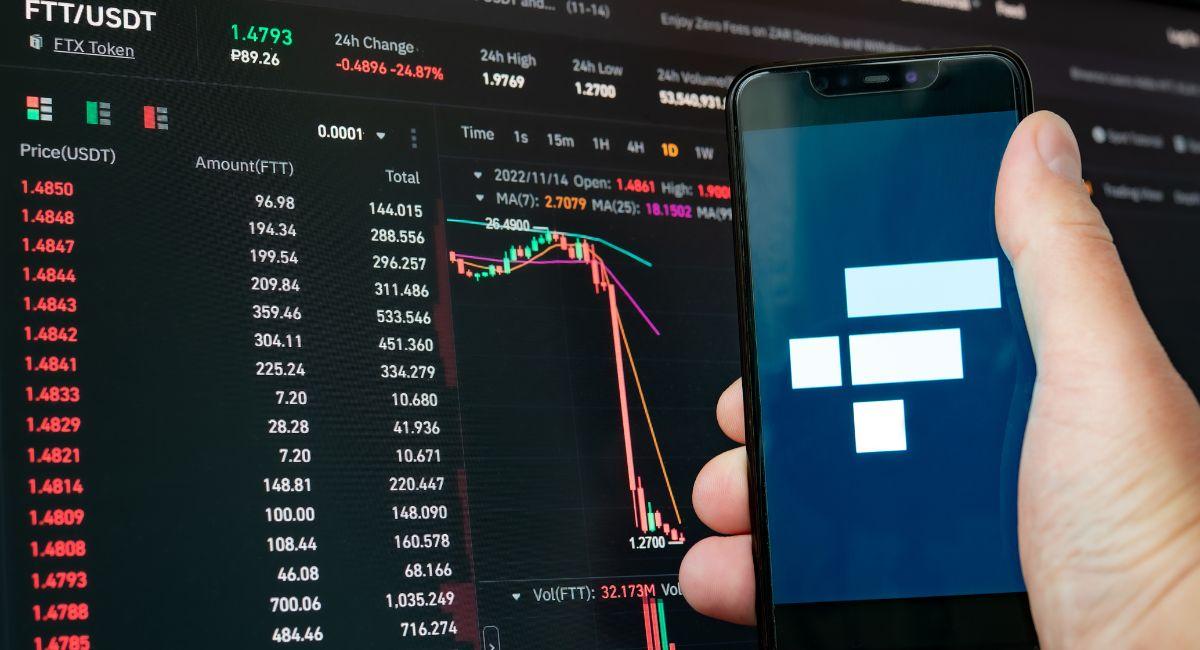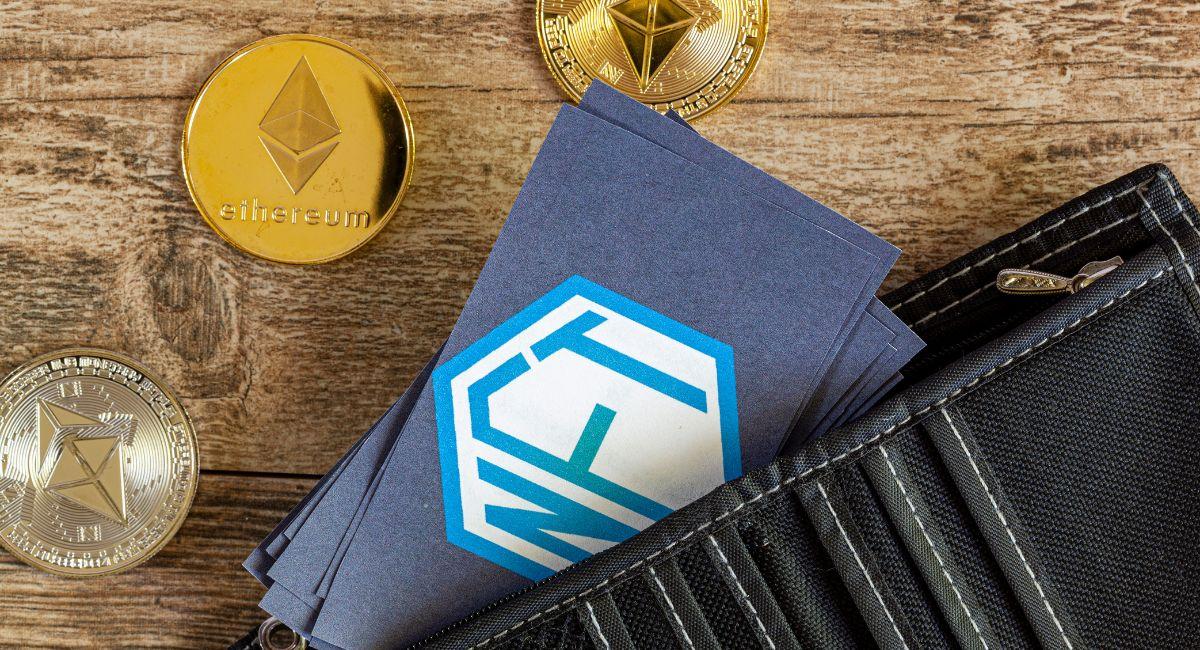What Are NFT-Crypto Hybrid Products And Its Top 7 Amazing Examples

NFT-Crypto Hybrid products blend the unique characteristics of Non-Fungible Tokens (NFTs) with the financial and utility aspects of cryptocurrencies. This exciting new domain holds vast potential for innovation and disruption across various industries. Let’s dive deep into understanding these hybrids:
Conceptualizing the Intersection between NFT-Crypto Hybrid Products:
The conceptualization of the intersection between NFTs (Non-Fungible Tokens) and cryptocurrencies unveils a fascinating landscape at the forefront of digital innovation and economic transformation. At its core, NFTs epitomize the concept of unique digital assets, redefining ownership, authenticity, and scarcity in the digital realm. These tokens encapsulate the essence of traditional collectibles such as rare trading cards or art pieces, albeit in a purely digital format. Much like holding a physical painting or a vintage comic book, owning an NFT confers exclusive rights and provenance over a specific digital creation or asset.
Consider the analogy of a rare trading card: Each NFT represents a distinct, one-of-a-kind item within a digital collection. Whether it’s digital artwork, collectibles, event tickets, or virtual land parcels in virtual worlds, the intrinsic value of an NFT lies in its uniqueness and irreplicability. This uniqueness is encoded through blockchain technology, ensuring that each NFT is verifiably authentic and immutable, thereby safeguarding its scarcity and value proposition.
On the other hand, cryptocurrencies such as Bitcoin and Ethereum operate on the principle of fungibility and tradability. Unlike NFTs, where each token is inherently unique, cryptocurrencies are fungible units of value, meaning that each unit is identical and interchangeable with any other unit of the same denomination. This fungibility enables cryptocurrencies to function as mediums of exchange, store of value, and units of account within their respective ecosystems.
Take Bitcoin, for instance: Each Bitcoin is fungible, divisible into smaller units, and can be exchanged for goods, services, or other assets seamlessly across the decentralized network. Similarly, Ethereum and its native token, Ether, serve as the backbone of a thriving ecosystem encompassing decentralized finance (DeFi), non-fungible tokens (NFTs), and smart contract functionality.
The intersection between NFTs and cryptocurrencies represents a convergence of these two distinct paradigms, unleashing a wave of innovation and experimentation across various industries. For instance, we witness the emergence of NFT marketplaces built on blockchain networks like Ethereum, where users can buy, sell, and trade digital assets seamlessly using cryptocurrencies. This intersection also opens up new avenues for creators, artists, and developers to monetize their digital creations, tapping into global markets without traditional intermediaries.
Furthermore, the integration of NFTs with cryptocurrencies paves the way for novel applications such as fractional ownership, decentralized governance, and provably scarce digital assets. By leveraging the security, transparency, and programmability of blockchain technology, this intersection holds the potential to revolutionize not only the digital economy but also traditional sectors such as art, gaming, real estate, and entertainment.
In essence, the conceptualization of the intersection between NFTs and cryptocurrencies signifies a paradigm shift in how we perceive, create, and transact value in the digital age. It embodies the democratization of ownership, the democratization of creativity, and the democratization of finance, ushering in a new era of decentralized innovation and empowerment.
What are NFTs?

Non-fungible tokens (NFTs) have emerged as a groundbreaking innovation in the realm of cryptocurrencies, offering unique digital assets that represent ownership or proof of authenticity for digital or physical items. Unlike cryptocurrencies such as Bitcoin or Ethereum, which are fungible and can be exchanged on a one-to-one basis, these are indivisible and unique, making them ideal for representing digital collectibles, artwork, virtual real estate, and more.
At the core in blockchain technology, which provides a secure and decentralized ledger to record ownership and transactions. Each is minted as a unique token on a blockchain network, such as Ethereum, and is associated with metadata that defines its characteristics, ownership history, and provenance. This metadata ensures authenticity and scarcity, making it valuable to collectors and investors.
They have gained significant popularity in recent years, driven by the rise of digital art, gaming, and virtual worlds. Artists, creators, and content creators are leveraging to monetize their work, tokenize their intellectual property, and engage with their audiences in new and innovative ways. Digital art marketplaces such as OpenSea, Rarible, and Foundation allow users to buy, sell, and trade representing digital artwork, animations, and music.
In addition to digital art, they are also being used to tokenize other assets and experiences, including virtual real estate, domain names, virtual goods, and even ownership rights to physical assets. Decentraland, a virtual reality platform built on blockchain technology, allows users to buy, sell, and trade virtual land parcels represented, creating a decentralized virtual economy within the platform.
The allure of NFTs lies in their ability to provide verifiable ownership and provenance for digital assets, as well as the potential for creators to monetize their work and engage with their audience in new and exciting ways. However, the market has also faced criticism and scrutiny, particularly regarding issues of environmental sustainability, speculation, and market manipulation.
One of the most significant criticisms it is their environmental impact, particularly on blockchain networks like Ethereum, which rely on energy-intensive proof-of-work consensus mechanisms. The minting and trading of NFTs on these networks contribute to carbon emissions and energy consumption, raising concerns about the sustainability of the market.
Another concern surrounding is the speculative nature of the market, with prices for certain NFTs reaching exorbitant levels driven by hype and speculation. While some NFTs have sold for millions of dollars, others have seen their value plummet shortly after purchase, leading to questions about the long-term viability and stability of the market.
Also, read- Investing in NFTs: Top 10 Practical Uses of (Non-Fungible Tokens)
Bridging the Gap between NFT and crypto:

Bridging the gap between traditional assets and the digital realm, hybrid products harness the unique capabilities of tokenization, creating a realm of new possibilities and economic opportunities. By combining the features of tokenized assets with utility, fractionalized NFTs, utility-based NFTs, and crypto-backed NFTs, these innovative products redefine ownership, accessibility, and value exchange in unprecedented ways.
-
Tokenized Assets with Utility:
- Security Tokens: These tokens represent ownership stakes in real-world assets such as real estate properties, stocks, or even entire companies. Imagine holding fractions of a renowned Picasso painting, seamlessly traded as NFTs on a blockchain platform, democratizing access to high-value assets and unlocking new avenues for investment.
- GameFi Items: In the realm of gaming, in-game assets like characters, weapons, or virtual land can be tokenized as NFTs, tied to cryptocurrencies within the game’s ecosystem. Picture earning and trading unique gear as NFTs within your favorite game, blurring the lines between virtual and tangible assets while enhancing player engagement and ownership.
-
Fractionalized NFTs:
- Divided Ownership: Expensive NFTs, such as iconic CryptoPunks, can be fractionated into smaller, more affordable ERC-1155 tokens, enabling broader participation and democratizing access to exclusive digital assets. Envision owning a fraction of a million-dollar digital artwork, empowering a wider audience to participate in the burgeoning NFT market.
- Dynamic Pricing: Fractionalized NFTs can feature variable pricing mechanisms based on market demand, fostering liquidity and accessibility within secondary markets. Imagine fractional ownership in digital collectibles with prices dynamically adjusted to reflect evolving market dynamics, enhancing market efficiency and participant engagement.
-
Utility-Based NFTs:
- Exclusive Access: Ownership of an NFT can confer exclusive privileges such as access to gated communities, special events, or premium content. Visualize an NFT granting VIP access to a coveted music festival or early entry to the launch of a highly anticipated gaming title, enriching user experiences and fostering community engagement.
- Governance Rights: NFTs can serve as voting tokens within Decentralized Autonomous Organizations (DAOs), empowering holders with decision-making authority in projects they support. Imagine owning a collection of NFTs that grants voting rights on the future development roadmap of an associated virtual world, enabling community-driven governance and innovation.
-
Crypto-Backed NFTs:
- Intrinsic Value: These NFTs are pegged to underlying cryptocurrencies, providing inherent value and potential price appreciation. Picture an NFT artwork whose value fluctuates in tandem with the price of Ether (ETH), offering holders exposure to the broader cryptocurrency market and diversification benefits.
- Yield-Generating NFTs: Some NFT collections generate passive income for holders, akin to receiving dividends from underlying crypto assets. Envision owning an NFT collection that rewards you with a portion of the project’s revenue, creating sustainable income streams and enhancing the value proposition for investors.
In essence, hybrid products represent a convergence of traditional and digital assets, leveraging blockchain technology to unlock novel functionalities, enhance liquidity, and democratize access to diverse asset classes. By bridging the gap between the physical and digital worlds, these innovative products pave the way for a more inclusive, transparent, and efficient global economy.
High there, it’s your bud Highcoon!
— Highcoon Against STIGMA: Catch Good Vibes 🔜 (@highcoon_nft) February 7, 2024
Let’s tackle Terpinolene’s vibes using our structured DBV approach:
1. **Understanding Terpinolene**:
Terpinolene, found in nutmeg, tea tree, apples, and cumin, has a complex scent profile—piney, floral, herbaceous, and occasionally citrusy.… pic.twitter.com/02AT6h4BAl
Challenges and Considerations:

As we delve into the realm of hybrid products combining traditional and digital assets, it’s essential to acknowledge the various challenges and considerations that accompany this innovative landscape. From regulatory complexities to security concerns and user adoption hurdles, navigating these factors is integral to the sustainable growth and widespread adoption of hybrid products.
-
Regulation:
- The regulatory landscape surrounding hybrid products is dynamic and multifaceted, with authorities worldwide grappling to adapt existing frameworks to the unique characteristics of blockchain-based assets. Uncertainty and inconsistency in regulations across jurisdictions pose challenges for market participants, necessitating a nuanced understanding of compliance requirements and proactive engagement with regulatory bodies. Collaborative efforts between industry stakeholders, policymakers, and regulators are crucial to fostering a conducive regulatory environment that balances innovation with investor protection and market integrity.
-
Security:
- Security remains paramount in the blockchain ecosystem, where assets and transactions are inherently immutable but susceptible to vulnerabilities and exploits. Ensuring the integrity and resilience of underlying assets and smart contracts is imperative to mitigate risks such as hacking, fraud, and asset loss. Robust security measures, including thorough code audits, multi-signature wallets, and decentralized governance mechanisms, are essential to safeguarding user funds and maintaining trust in hybrid products. Additionally, ongoing monitoring and response to emerging threats and vulnerabilities are critical to staying ahead of malicious actors and preserving the integrity of the ecosystem.
-
User Adoption:
- Achieving wider mainstream adoption of hybrid products hinges on creating intuitive and user-friendly experiences that resonate with both crypto-native enthusiasts and traditional investors. User interfaces and onboarding processes should prioritize simplicity, transparency, and accessibility, minimizing friction and cognitive barriers for new users. Educating users about the benefits and risks of hybrid products, as well as providing robust support and resources, can help demystify complex concepts and foster confidence in the technology. Moreover, cultivating vibrant and inclusive communities around hybrid products can nurture a sense of belonging and collective ownership, driving engagement and retention among users.
In conclusion, addressing the challenges and considerations surrounding hybrid products requires a concerted effort from all stakeholders involved, including regulators, developers, investors, and users. By navigating regulatory uncertainties, prioritizing security measures, and enhancing user experiences, the blockchain ecosystem can unlock the full potential of hybrid products to revolutionize finance, governance, and ownership in the digital age.
Here are some examples of NFT-Crypto Hybrid Products:

-
Fractionalized NFTs: Platforms like Fractional and NIFTEX allow users to fractionalize NFTs, dividing them into smaller, tradable units. These fractionalized represent fractional ownership of the original asset, enabling users to invest in high-value NFTs with smaller capital amounts.
-
NFT-Backed Loans: Platforms like NFTfi and NFTBank provide loans backed by collateral. Users can borrow cryptocurrency against the value of their NFT assets, using them as collateral without having to sell.
-
NFT-Based DeFi Platforms: Projects like Aavegotchi and Rarible have integrated NFTs into decentralized finance (DeFi) protocols. Users can stake, lend, or borrow cryptocurrency using assets as collateral or participate in governance mechanisms within the platform.
-
NFT-Backed Cryptocurrencies: Projects like Tether Gold (XAUT) and DIGITALAX (DXAA) create stablecoins backed by NFT assets. These stablecoins maintain a stable value relative to the underlying NFT assets, providing users with a stable store of value within the cryptocurrency ecosystem.
-
NFT-Based Gaming Tokens: Blockchain-based gaming platforms like Axie Infinity and The Sandbox issue tokens that serve as in-game currency or utility tokens within virtual worlds. These tokens can be used to purchase virtual goods, participate in gameplay mechanics, or engage in decentralized governance.
-
NFT-Based Art Funds: Platforms like NFTX and WhaleShark allow users to invest in portfolios of NFT assets through tokenized funds. These funds hold a diversified collection of NFTs, allowing investors to gain exposure to the market without directly owning individual assets.
-
NFT-Based Membership Tokens: Projects like Unicly and NFT20 create tokenized memberships or indexes representing ownership of multiple assets. These membership tokens grant holders access to exclusive benefits, rewards, or royalties generated by the underlying assets.
These examples demonstrate the versatility and innovation of crypto hybrid products, leveraging the unique properties and cryptocurrency functionalities to create novel financial instruments, investment opportunities, and utility within the digital economy.
Conclusion



























































